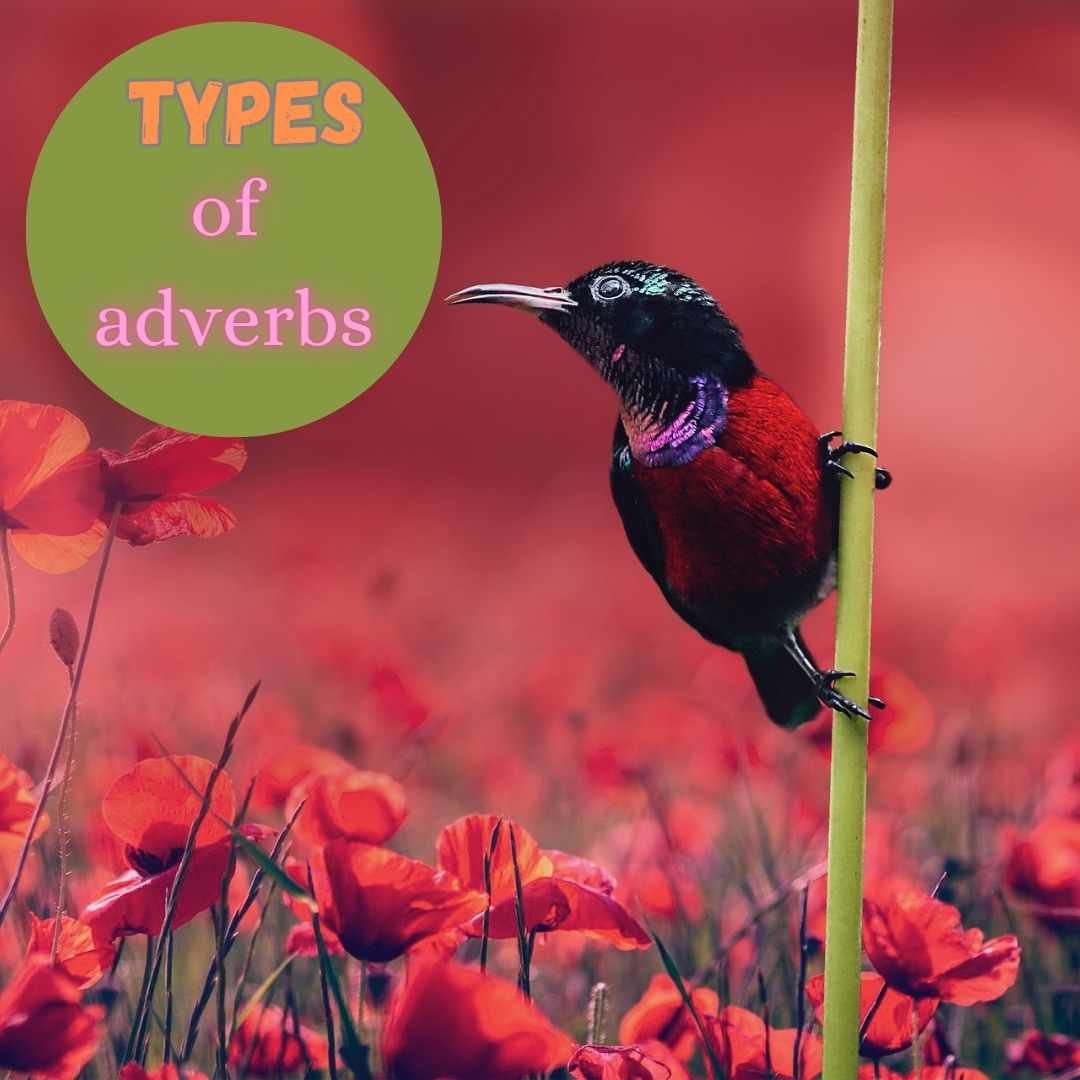Grammar
The Degrees of Comparison of Adverbs
Positive degree:
The simple form of the adverb without any comparison.
Example: She runs fast.
Comparative degree:
Used to compare two actions, showing a higher or lower degree of the adverb.
Example: She runs faster than him.
Superlative degree:
Used to compare one action to all others in a group, showing the highest or lowest degree of the adverb. Example: She runs (the) fastest in the team.
The Participle-Non-Finite form of the Verb
The participle is a non-finite verb form that possesses properties of both verbs and adjectives (and sometimes adverbs). It can be used to create verb phrases, participial phrases, and adjectival phrases.
Participles, as verb forms that function as adjectives, can be used to modify or describe nouns, effectively turning them into attributes. When a participle is used to modify a noun, it acts like an adjective, providing additional information about the noun.




